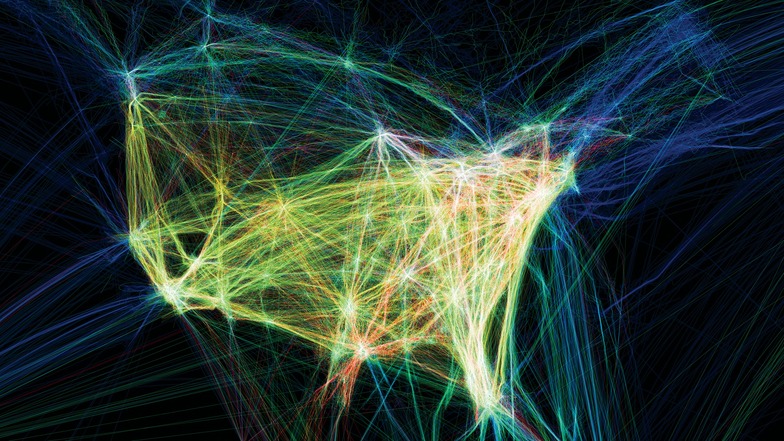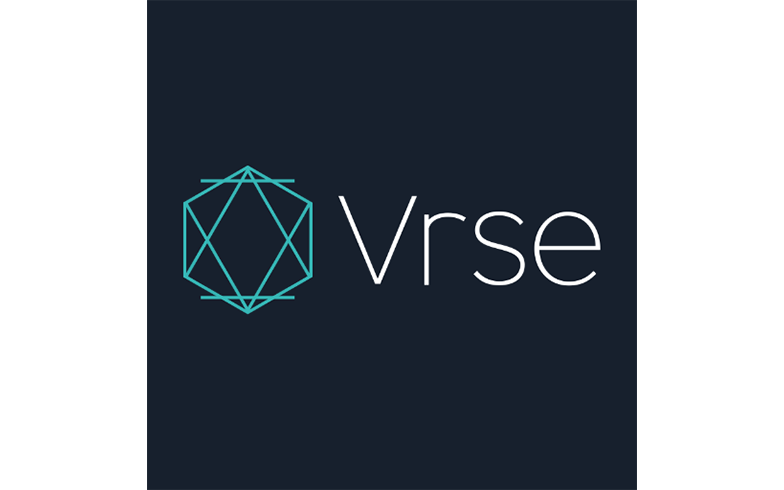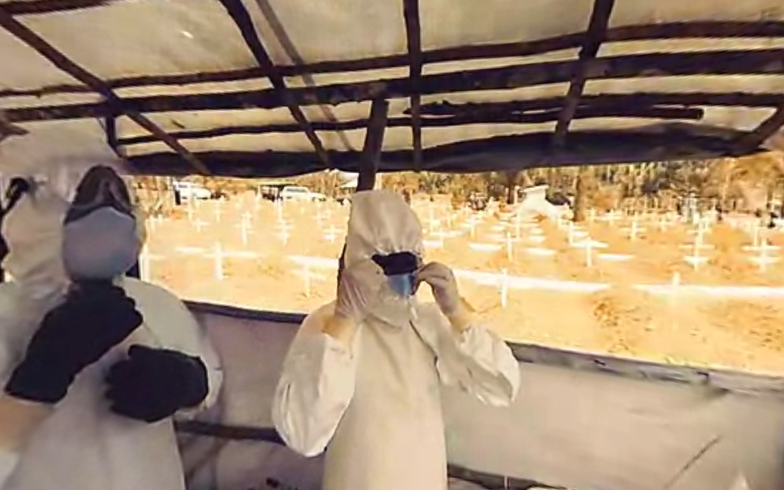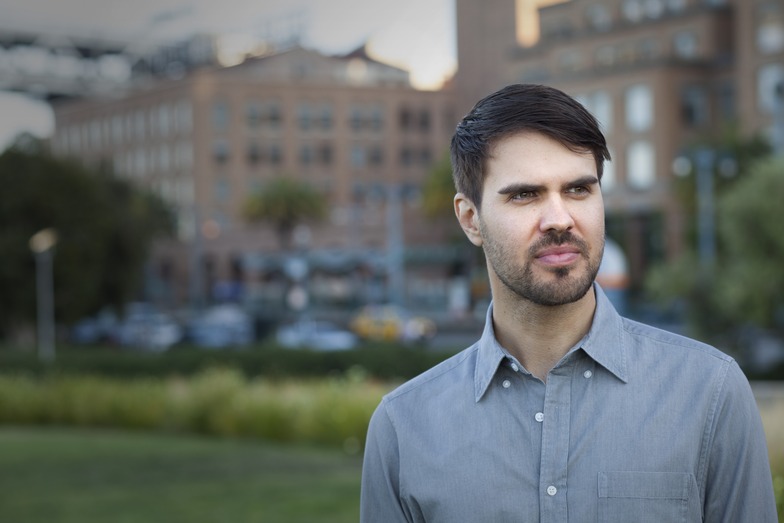Aaron: I believe we are living in the age of data. We use data to create new cultures. I also think humans have always created some form of art to communicate with others—take the cave paintings at Altamira, for example. So using data for art didn't feel particularly strange to me.
There are things in this world we can't perceive with our eyes or ears, like communications. I want to use technology to extend our senses, to perceive things our physical bodies couldn't feel. And I want to understand this world better. That's why data is such a fascinating subject for expression.

Flight Patterns
A work that colors flight paths. By coloring the trajectories of tens of thousands of airplanes, one can discern the dawn breaking over the West Coast or people gathering in New York. Thanks to data and technology, we gain a bird's-eye view unattainable through our physical bodies, revealing that for Aaron, technology is one lens through which to perceive the world.
Hacking Perception
Kida: You've created many works using data as an expression medium. But after leaving the Google Data Arts team, you started your own venture as CTO of VRSE, producing VR-based visuals. Honestly, it felt unexpected. Why did you suddenly dive into the world of VR?

VRSE Logo
Aaron: I'm fascinated by VR's ability to "hack" human senses. It's technology that makes us feel as if we're experiencing things we haven't actually lived through.
For example, humans have long used auditory "hacks" to create illusions of location. That is, using music and sound effects, we can make someone believe they're somewhere else just by closing their eyes. With VR, using visuals, music, and 360-degree perception, you can make yourself believe you're somewhere else entirely. Take a piece like Waves Of Grace, for instance.

Waves Of Grace
A monologue by Ms. Davis, a survivor of the 2013 Ebola hemorrhagic fever outbreak.
The current state of Liberia can be viewed in VR. Davis appears at the edge of the video, making it feel as if you're seeing the scenery through her eyes. Unlike videos viewable from only one perspective, being able to look around makes the landscape three-dimensional, creating the illusion of standing in Liberia.
Aaron: I believe VR possesses immense power because it allows us to stand in a place that isn't here. It enables us to "stand in another's shoes." Historically, humans have relied on words, pictures, and imagination to bridge this gap.
With VR, you can depict raw experiences directly, without relying on words or pictures. I believe VR as a medium will change how we communicate, and more fundamentally, even how we think.
I'm deeply interested in the impact VR will have on storytelling. How will this technology change how people interact with each other? It will also test how people engage with computers, data, and information.
Kida: From our discussion today, I feel VR is questioning the very essence of "communication."
Next time, please tell us about your work at VRSE.
Full version of this article here










